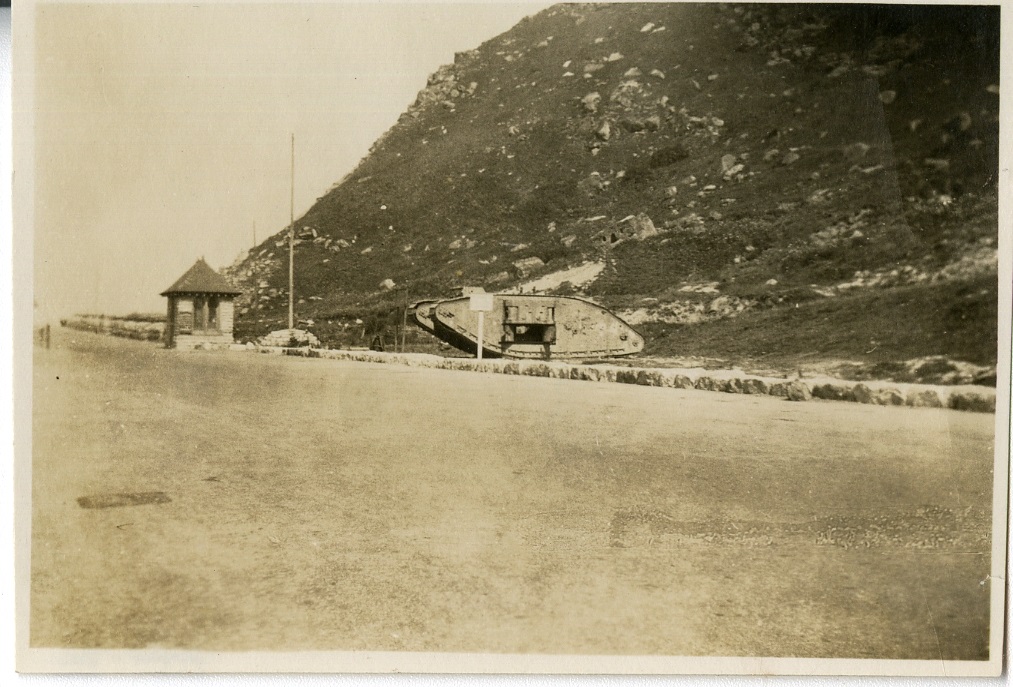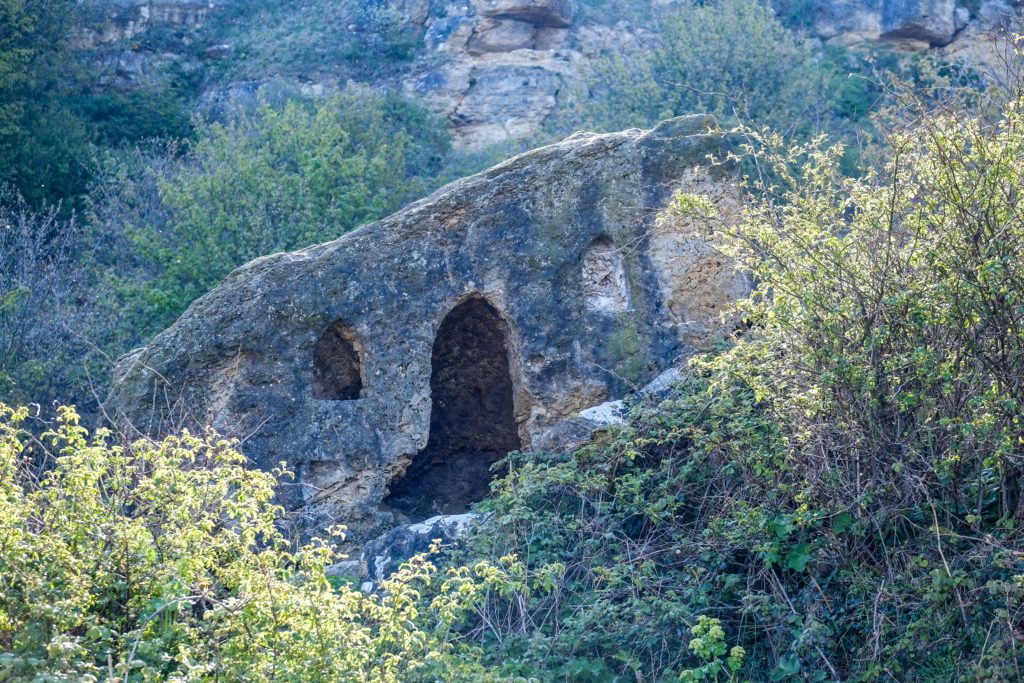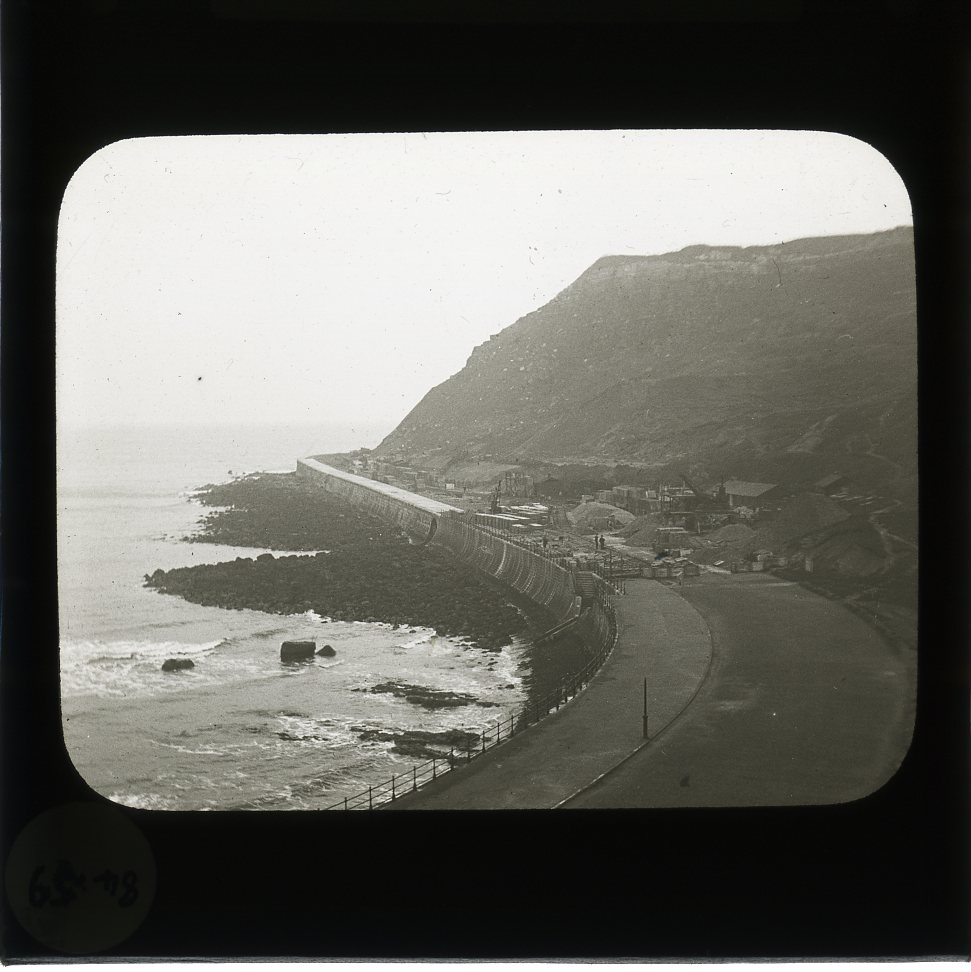
WHAT may be the earliest photo in existence of the mysterious Scarborough landmark of Hairy Bob’s Cave has been spotted by an eagle-eyed Twitter follower.
The huge boulder, carved with a door and windows, stands on the resort’s Marine Drive in the shadow of the headland topped by Scarborough Castle.
The origins of this object of fascination for locals and visitors alike are uncertain, but as part of Scarborough Museums Trust’s response to the Coronavirus-enforced shutdown, collections manager Jim Middleton is posting daily themed images from the trust’s collection of lantern slides, glass plate negatives, photographs and postcards on Twitter.
When Jim tweeted a photograph of a First World War tank among a set of images on the theme of war and defence, Scarborough musician Anthony Springall was quick to make contact to point out that Hairy Bob’s Cave was in the background, suggesting it could be the earliest image of this curio.

Jim says: “No-one is really sure who created Hairy Bob’s Cave, or why, but the most plausible story is that it was made by the men who built the Marine Drive in the early 1900s; its location is exactly where the goods yard for the build was.”
Now he has declared a challenge: “We’d love to hear from anyone who thinks they might have an earlier image of it,” he says.
The tank was presented to Scarborough on July 18 1919 by the Lord Mayor and Lady Mayoress of York on behalf of the Treasury as a token of thanks for all the money raised by the town during the war.
“According to a contemporary article in the Yorkshire Post and Leeds Intelligencer, by three special efforts Scarborough had raised over £300,000 and had invested war loans and bonds well over a million pounds, which was an enormous amount at the time,” says Jim.

He added that the first intention had been to display the tank in the Castle grounds, but it was thought the roads up to the castle might not be sufficiently stable for the heavy load.
“What became of it, we don’t know,” he says. “But exposure to sea spray and heavy storms would suggest that it probably rusted in a relatively short time.”
Magic lanterns were early image projectors that used a light source to magnify and project images on glass for both education and entertainment purposes, particularly during the 19th and early 20th centuries.
The Scarborough Collections contain more than 7,000 such slides and glass plates, in the care of Scarborough Museums Trust, which runs the Rotunda Museum, Scarborough Art Gallery and Woodend.
You can see the images that Jim is posting daily by following @SMT_Collections on Twitter. To view existing posts, search #lockdownlanternslides.
